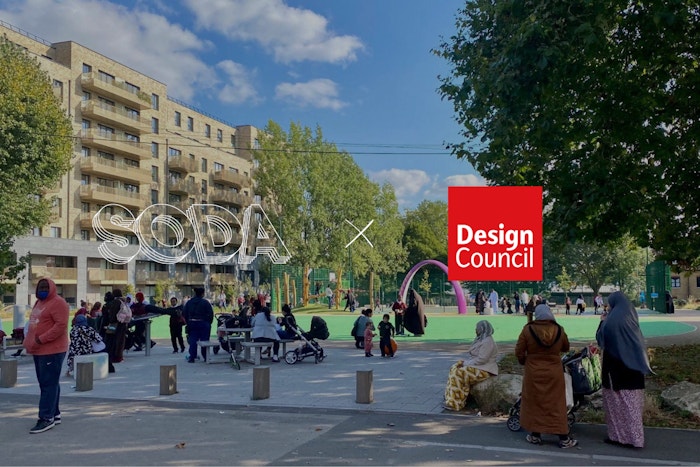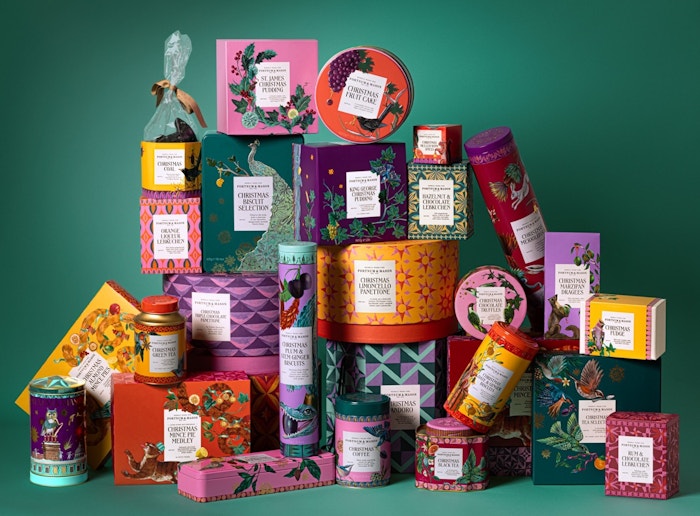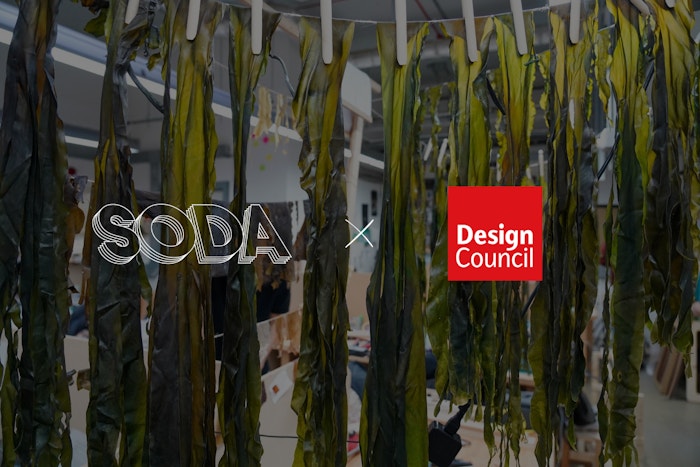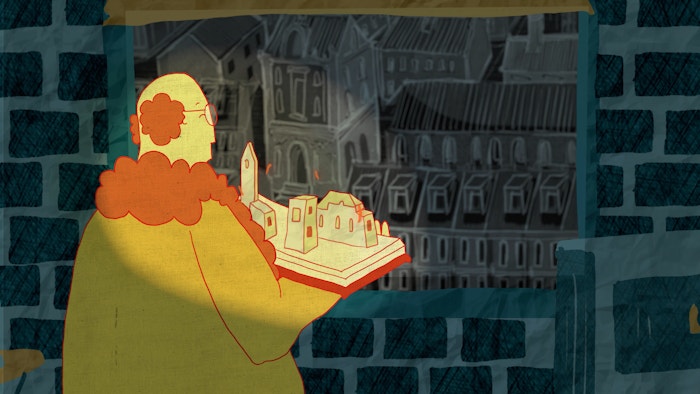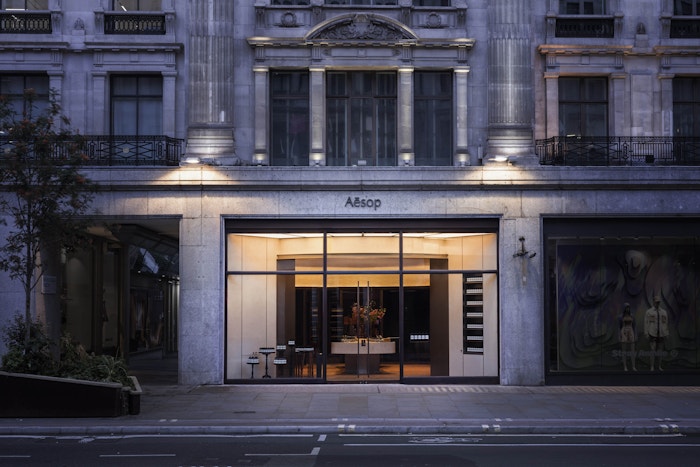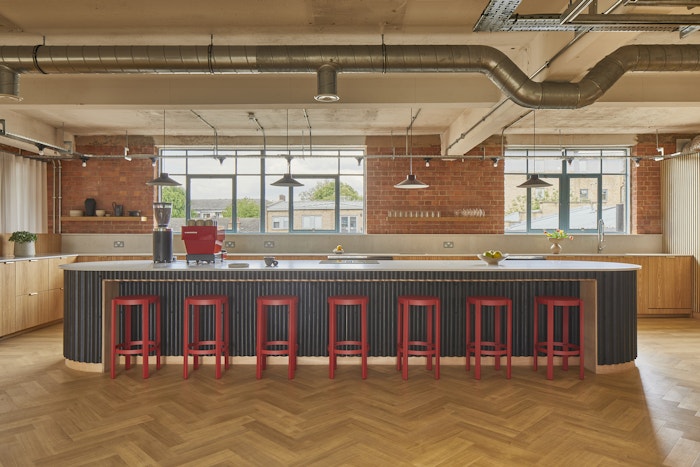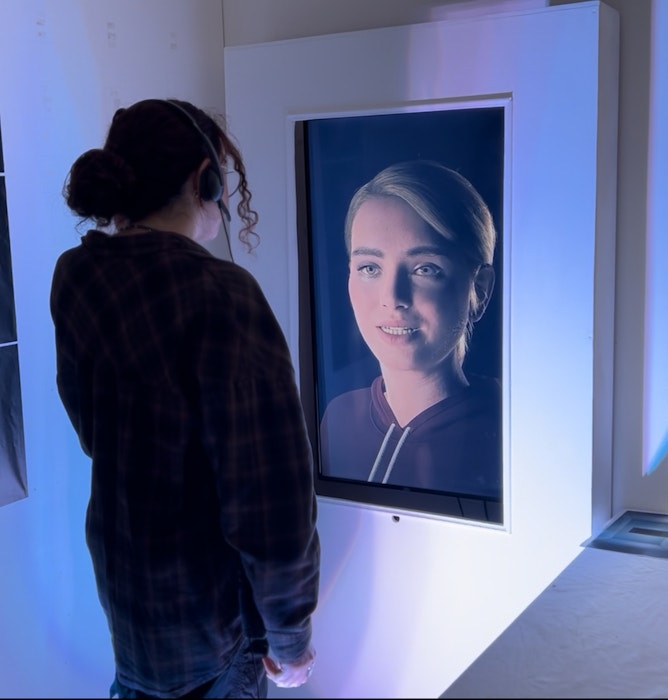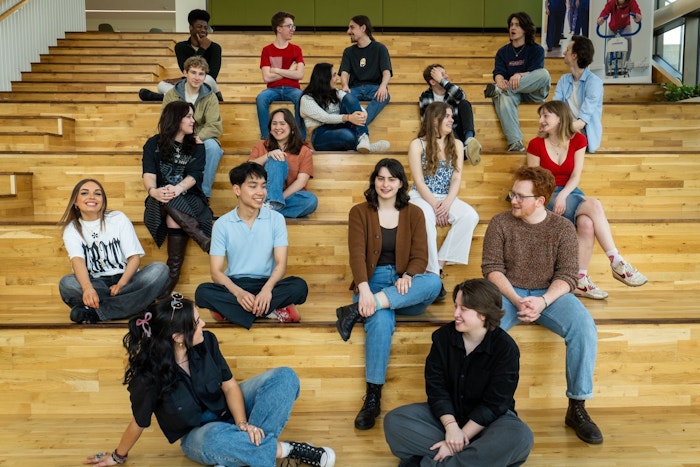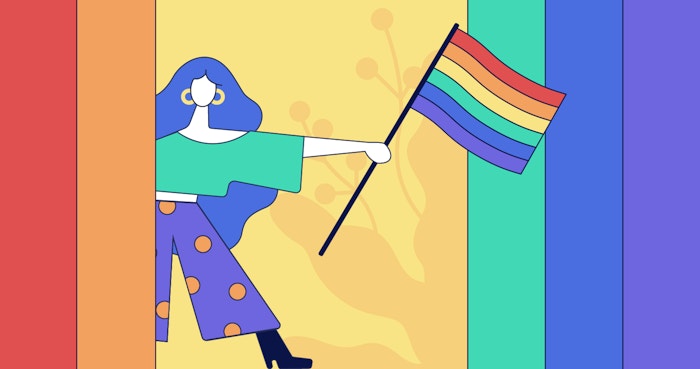
05 Nov 2020
The SPLASH

UltraBOOST DNA LOOP
Circularity right down to the name
Circular design is nothing new, but the latest way that Adidas is approaching it is something that other brands should take note of. The sportswear powerhouse has started a public trial of the UltraBOOST DNA LOOP trainer - an endlessly recyclable shoe which conforms to the principles of the circular economy. Currently being tested by 1,500 runners, the trainers are part of Adidas’ Made to be Remade system of selling and returning sportswear. Each UltraBOOST DNA LOOP trainer is made entirely of thermoplastic polyurethane (TPU) and assembled using heat, a more sustainable option than glue, which can contain non-biodegradable plastics. This means that the trainers can be returned at the end of their life and easily made into new trainers.
The news is Adidas’ latest step towards reducing its environmental impact and embracing more circular design principles. “Our ambition is to end plastic waste,” said James Carnes, vice president of brand strategy at Adidas. “We want to make sure that more and more of the products we create are either made with recycled material, made to be remade or made with natural materials.” With the future of Adidas being undeniably circular, will other brands follow suit?

Originals Store
Creative store with a sustainable edge
Contributions from some of London’s finest creative talent have come together in designing Adidas’s new flagship store for their Originals range on Carnaby Street. One-off design pieces from the likes of Paolina Russo, Bethany Williams & Melissa Kitty Jaram have helped create what’s been dubbed the ‘Home of Originals.’
The store has been designed with the company’s commitment to sustainability in mind as, for example, the flooring comes from reclaimed wood and all furniture has been upcycled. Furthermore, Adidas’s vision to be carbon neutral by 2050 is reflected with the striking Stan Smith 3D printed trefoil mural accommodating living plants.
The overriding vision of the newly opened store is to create a user experience which integrates creativity and sustainability with commerce, expressing the message behind the Originals brand.
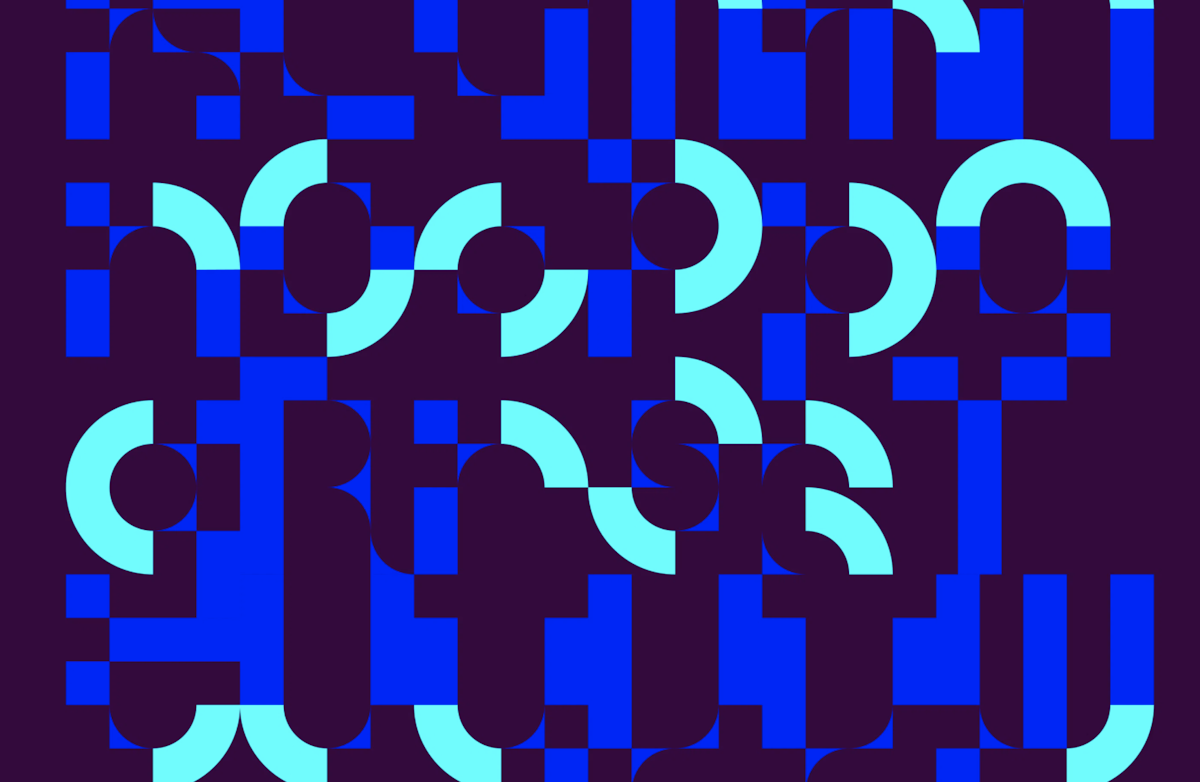
Diode Typeface
Typefaces you can half see
What can we understand from language when the conventional structure of a letter is manipulated? The subject has been of long interest to designer Natasha Lucas, and takes centre stage in her latest project, Diode, developed in collaboration with MuirMcNeil, the collaborative practice of Hamish Muir and Paul McNeil. “I find it fascinating to explore ‘incomplete’ letterforms that verge on the abstract, yet preserve the qualities of alphabetic letters”.
Developed into three versions (one positive and two negative) and in three sets of individual letter component fonts designed to register precisely with one another in layers, Diode offers its user an immense range of visual interactions. It’s clear here that negative space is highly depended on, engaging the user to interpret and understand the shapes which form the typeface.
The resulting Diode culminates in “a type system that is structurally incomplete but maintains its visual integrity and legibility by optimising the use of space”. We love this clever play on space and can see the typeface forming part of a wider graphical story.
- The SPLASH was brought to you by The SODA Team









